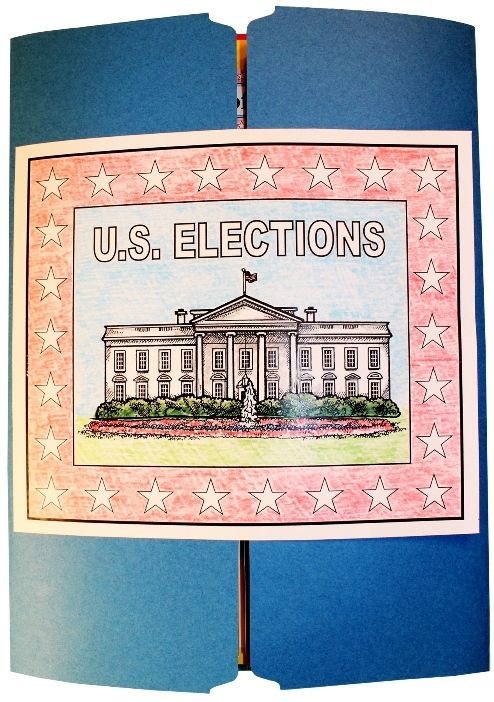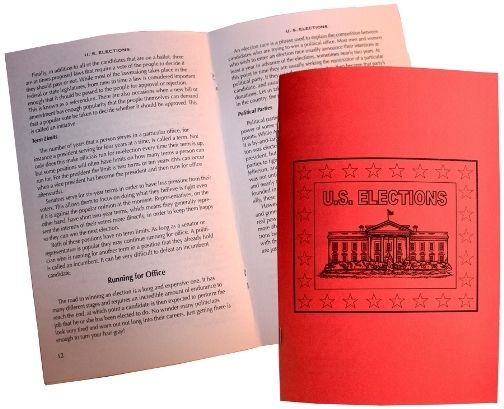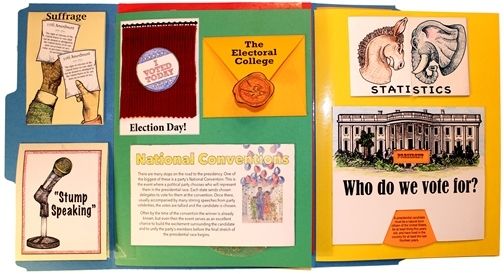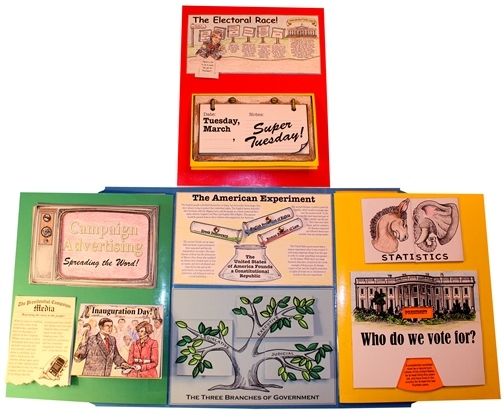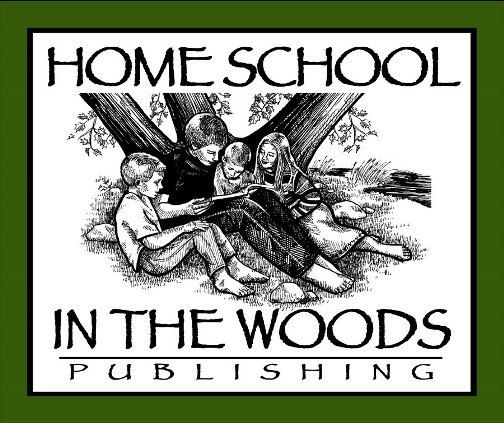When I saw that Zonderkidz has a Faith Builders Bible and that we'd be able to review, I knew exactly how my oldest would react when he opened it:
Yep! Excited!
Granted, his excitement had more to do with the brick building aspect of the book than with the scripture contained in it, I know. But I'll take that. Anything innocuous that can lure my child in to perusing the Word and writing stories of faith more readily into his heart is a win to me. For although my oldest loves God and lives his faith daily, he does not often choose to actually crack Bibles open. I was hoping the Faith Builders Bible would get him to choose to do so more, and it has to some degree.
How We've Been Using the Bible So Far

Since the Faith Builders Bible came into our home, it has, indeed, been a win for our family. Often enough, I have seen my oldest and my other children browsing it. We've also been turning to it to look up the Scriptures that go along with a devotional we've been doing this Lent. And, of course, the Bible has been inspiring some creative Lego builds here.
For example, after the children performed in a Simon of Cyrene play during our parish collaborative's Lenten mission...
...they came home, and with additional inspiration from browsing the Faith Builders Bible...
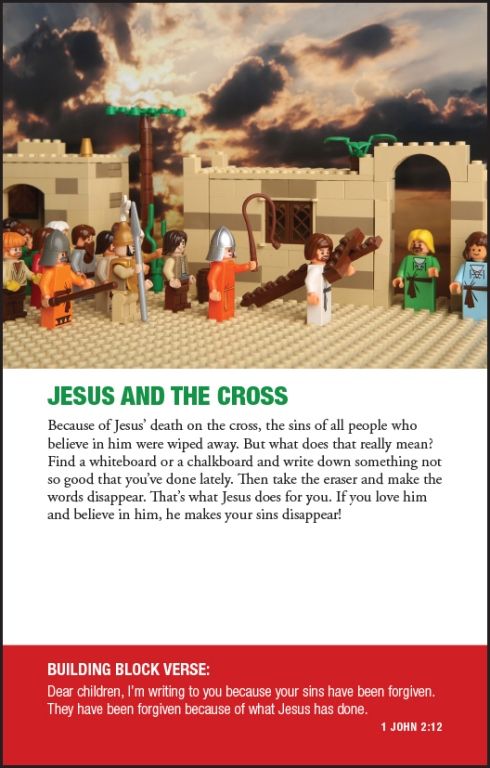
...they built their own crucifixion of Jesus scene (albeit with themed bricks from a non-human brick set.)
(Those are all soldiers around Jesus hanging on the cross, a "tree".)
Then, they went for the cheerful and transformed the scene to the Resurrection.
Then, they went for the cheerful and transformed the scene to the Resurrection.
(The "tree" is now a tomb and the guards are falling over with incredulousness as the women come to the open tomb.)
After that, my oldest decided to make me guess what his next build...
Can you figure it out? I'll give you the hint he gave me: It's from the Old Testament. See the Ark in it in the middle of the front. Now look closer at the figure right behind it:
He's carrying a horn. It's Jericho!
The imagination of children make me smile. The brick-built scenes and conversations that have come up since we received the Faith Builders Bible do, too. For the scene pictured above were not the first ones my children built with inspiration from the Faith Builders Bible and they, undoubtedly, will not be the last. Twenty-four full-color pages of brick-built scenes in the Bible offer plenty of inspiration for future. In fact - Shhhh! Don't tell my children, but... - they have me thinking about a possible course for a new co-op we might do next fall.
What Else Does the Bible Include?
The Faith Builders Bible is a 1,144 page hardcover New International Reader's Version Bible meant for children. It contains complete Bible text, minus the deuterocanonical books — Sirach, Tobit, Wisdom, Judith, 1 and 2 Maccabees, and Baruch, as well as longer versions of Daniel and Esther — which are found in the Old Testament canon used by Catholics, but are not in the Old Testament canon used by Protestants. It also contains:
- 24 full-color pages of well-known and loved Bible stories with related memory verses
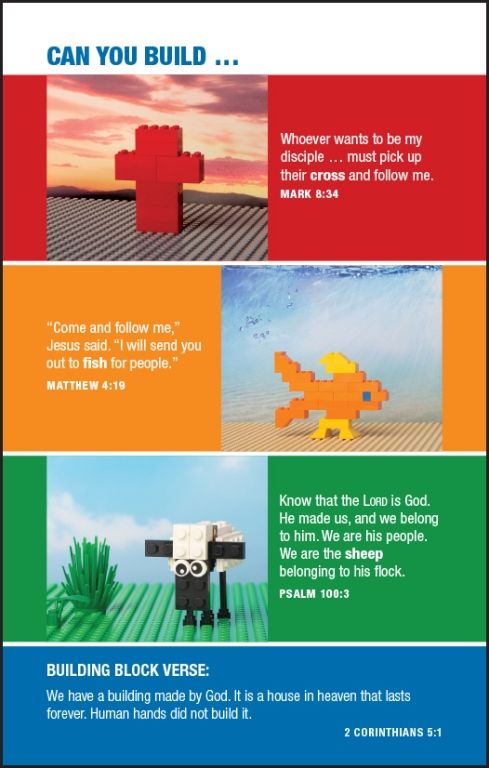
- introductory pages that get children building and also explain what the New International Readers Version is, how it came to be, and how it differs from some other translations (such as using shorter sentences, friendly to children, using a single consistent name, for, say, the Sea of Galilee, etc.)
- helpful dictionary pages
So, basically, the Faith Builders Bible wraps Scripture, child-friendly reading, faith, and fun into an inspiring mix hat can engage children.
A Note for Fellow Catholics
I know many of readers here are Catholic, so I want to address the fact that this Bible is not a Catholic one. Personally, I do not have a problem with that. My children already know that there are differences between Catholic-Christian and non-Catholic-Christian Bibles and practices. So, I simply use any differences they note as jumping off points for discussion.
For example, the "Building with Books of the Bible" pages in the Faith Builders Bible provide easy visual pages to look at when explaining the differences between Catholic and non-Catholic Bible versions. Simply look at the pages and ask, "Do you notice any missing books?"
Further, the Lord's Prayer contained on a full-color page in this version is not the Catholic version. My children have not noticed that yet, but, when they do, we'll chat about it.
Likewise, there is a page for the ABC's of Salvation. When my children ask about that page, we simply expand on it, chatting about how nothing contained in the ABC's is "bad", but that the "formula" is incomplete. Our faith tradition has both Scripture and Tradition, all based on God's Word and example. Thus, the Sacrament of Baptism is missing from the equation, since Jesus commanded his disciples to go make disciples of all nations, baptizing them in the name of the Father, the Son, and the Holy Spirit. Likewise, the idea of community is missing, too. For, yes, our relationship with Jesus is a personal one, but it is also a communal one. Through faith in Christ, we are incorporated into the Body of Christ, the Church.
I have admittedly not read every word of the 1,144 words in the Faith Builders Bible, but I am fairly certain that as I do, nothing alarming will come up. Different, yes. Problematic to me as a Catholic-Christian capable of teaching the tenets of my faith to my children, no. In fact, since this Bible is easy-to-read and draws the children in with its Lego-build illustrations, it actually helps me teach my children our faith by acting as an engaging catalyst for discussion.
Would We Recommend It?
When I asked my oldest for his thoughts on the Faith Builders Bible, he said:
Mom got this for me, she said, "I got us a Bible to review." I was like, "Awwww."
Then she showed it to me and I was so excited. A Lego Bible! I like Legos. Right away, I started looking at the pictures. They were good. They helped me have fun looking at the Bible. Anyone who likes Legos might like this Bible.
I'd concur with my son that anyone who likes Legos and the Word of God might like this Bible version. On the not-perfect side in our experience are that the font size in the book is small, the Bible lacks features such as the study notes, footnotes, maps, red font for Jesus' words, etc. that might be found in some other Bibles and, also, is not the complete Bible as my children and I know it. The "this is great" side however, outweighs these issues. Among these, the Faith Builders Bible:
- is hardbound, which makes it durable.
- is formatted in two columns to make reading full-text pages easier.
- has pages that are not so thin that children may immediately and inadvertently tear them (as happens with some Bibles).
- contains in-text citations for any quote that refers to another place in the Bible. (The citations are placed in parenthesis right after the quotes.)
- contains memory verses (called "Building Block Verses").
- offers some Lego build challenges.
- entices children who might not otherwise crack open a Bible on their own to do so.
So, overall, I'd say this Bible is worth a look for any Lego-loving child!
Learn More

Discover what 100 Schoolhouse Review Crew families thought about the Faith Builders Bible.
The Faith Builders Bible currently sells for $24.99. You can also find Zonderkidz on Facebook and Twitter.
I'd love to see photos of your Faith Builders Bible-inspired Lego build creations.




































